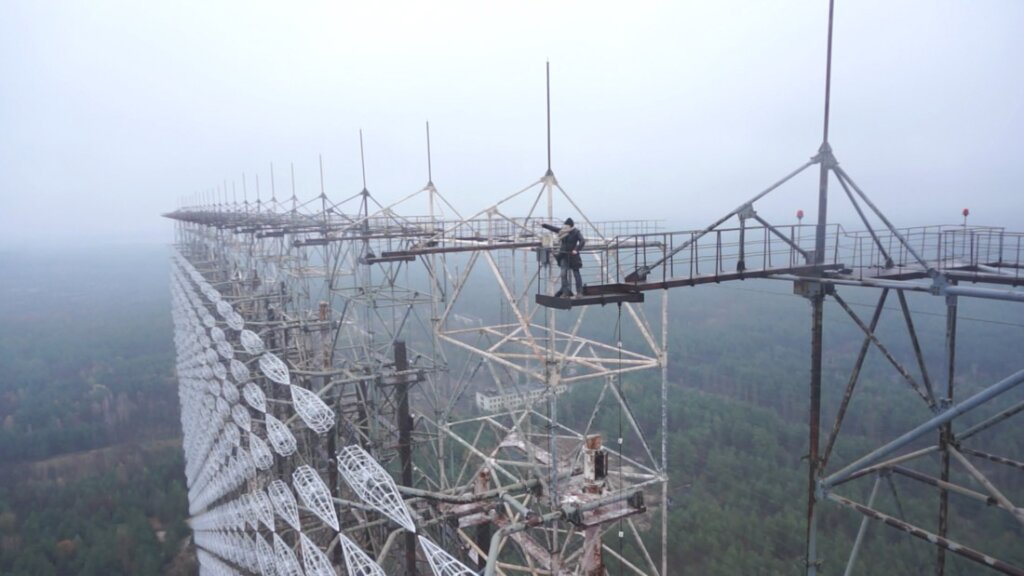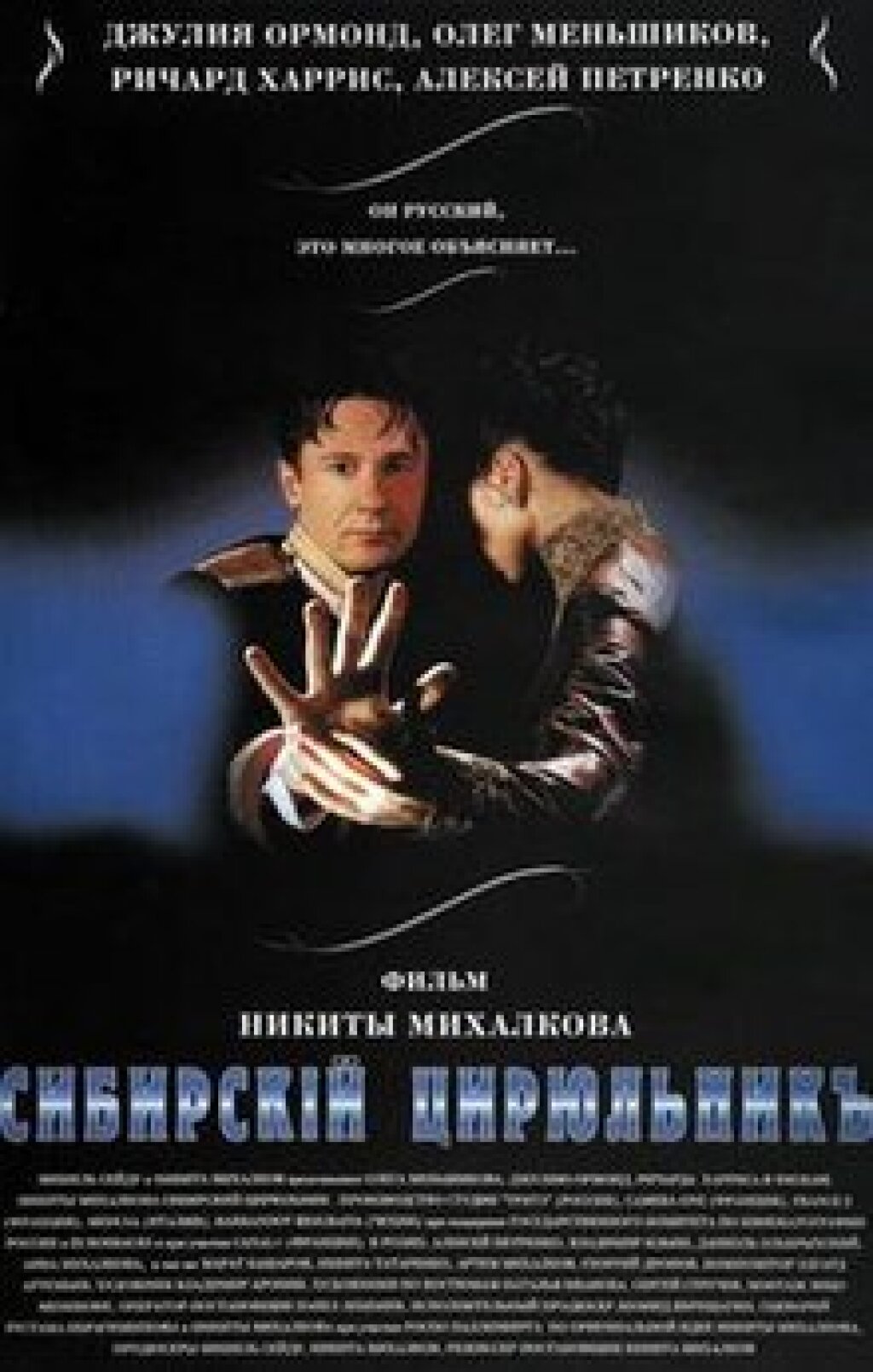At BAMCinemafest 2015, director Chad Gracia debuted his newest film The Russian Woodpecker. In a Q&A after the film,Gracia explained the original concept for the film as articulated by his co-director and star, Ukrainian artist Fedor Alexandrovich: to build a raft of mirrors and sail it past Chernobyl. Whether this was a literal or metaphorical remains unclear.
The Russian Woodpecker ostensibly takes as it subject matter the Duga-3, a brobdingnagian Soviet antenna built adjacent to the Chernobyl nuclear reactor. Through a series of secret camera interviews with former Soviet officials and tightlipped scientists, along with dramatic scenes of Fedor Alexandrovich climbing the prodigious structure, the film investigates the purported mystery of the antenna, which was nicknamed the Woodpecker because of the repetitive tapping noise it broadcast around the world for more than a decade.
Gracia and Alexandrovich’s investigation seems equally futile as the cabal of former Soviet officials, now retired, divulge little and often contradictory information about the Pecker. Over the course of the film, Alexandrovich develops the theory that the Chernobyl nuclear disaster was intentionally set off to cover up the non-functionality of the supposedly seven-billion-ruble Pecker. This hypothesis takes over the film, leading the investigation through a series of dramas with the crew, climaxing in Kiev’s Maidan Square during height of Ukrainian revolution, where Alexandrovich announces his “discovery” to tens of thousands of galvanized Ukrainians.
And the Maidan seems an apt location to air Alexandrovich’s theory, less for its historical stand against pro-Russian policy, and more as the hotbed of conspiracies and unchecked radicals that it became in the aftermath of the revolution. There is no question that Alexandrovich’s theory is outlandish; the question remains: do the performance artist Alexandrovich, and his partnerGracia, who has a background in theater, believe it themselves? Or, is the real subject of the documentary the conception and development of this far-fetched conspiracy theory, fed by outmoded secrecy and overactive imaginations—a raft full of mirrors.
Russia and the Eastern Bloc have no shortage of conspiracy theories: from the Dyatlov Pass incident to the staging of the flight MH17 crash. One scholar attributes Russia’s cornucopia of conspiracy theories to the USSR’s mercantilist approach to information. Regardless of Alexandrovich’s own conviction, The Russian Woodpecker unearths a brilliant archeology of the birth and germination of a conspiracy theory: The less the former-Soviet officials tell him, the larger his theory grows, until it is as tall as the Woodpecker itself. While paranoia about the Woodpecker is not limited to Alexandrovich, one fact is undeniable: many Russians and American alike would benefit from the reputed pacifying effects of its signal.



